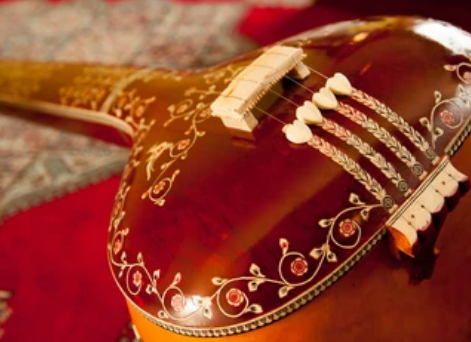The raga system is a uniquely ingenuous product of the Indian musical mind. It provides the framework within which the musician can simultaneously perform the roles of composer and performer through the process of improvisation. In this paper, I propose to deal with the basic definition of the raga, the principles of improvisation, and… Continue reading The Raga : From the Drop to the Ocean
The Raga : From the Drop to the Ocean




